 Technology peripherals
Technology peripherals
 AI
AI
 Machine learning is a blessing from heaven! Data scientist and Kaggle master releases 'ML pitfall avoidance guide'
Machine learning is a blessing from heaven! Data scientist and Kaggle master releases 'ML pitfall avoidance guide'
Machine learning is a blessing from heaven! Data scientist and Kaggle master releases 'ML pitfall avoidance guide'
Data science and machine learning are becoming increasingly popular.
The number of people entering this field is growing every day.
This means that many data scientists do not have extensive experience when building their first machine learning models, so they are prone to mistakes.
Here are some of the most common beginner mistakes in machine learning solutions.
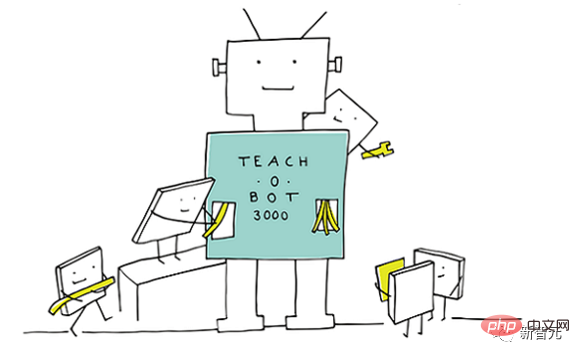
Data normalization is not used where needed
Yes For beginners, it may seem like a no-brainer to put features into a model and wait for it to give predictions.
But in some cases, the results may be disappointing because you missed a very important step.
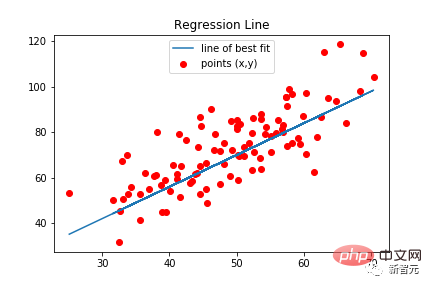
Certain types of models require data normalization, including linear regression, classic neural networks, etc. These types of models use feature values multiplied by trained weights. If features are not normalized, it can happen that the range of possible values for one feature is very different from the range of possible values for another feature.
Assume that the value of one feature is in the range [0, 0.001] and the value of the other feature is in the range [100000, 200000]. For a model where two features are equally important, the weight of the first feature will be 100'000'000 times the weight of the second feature. Huge weights can cause serious problems for the model. For example, there are some outliers.
Furthermore, estimating the importance of various features can become very difficult, since a large weight may mean that the feature is important, or it may simply mean that it has a small value.
After normalization, all features are within the same value range, usually [0, 1] or [-1, 1]. In this case, the weights will be in a similar range and will closely correspond to the true importance of each feature.
Overall, using data normalization where needed will produce better, more accurate predictions.
Think that the more features, the better
Some people may think that the more features, the better, so that the model will automatically select and use the best features.
In practice, this is not the case. In most cases, a model with carefully designed and selected features will significantly outperform a similar model with 10x more features.
The more features a model has, the greater the risk of overfitting. Even in completely random data, the model is able to find some signals—sometimes weaker, sometimes stronger.
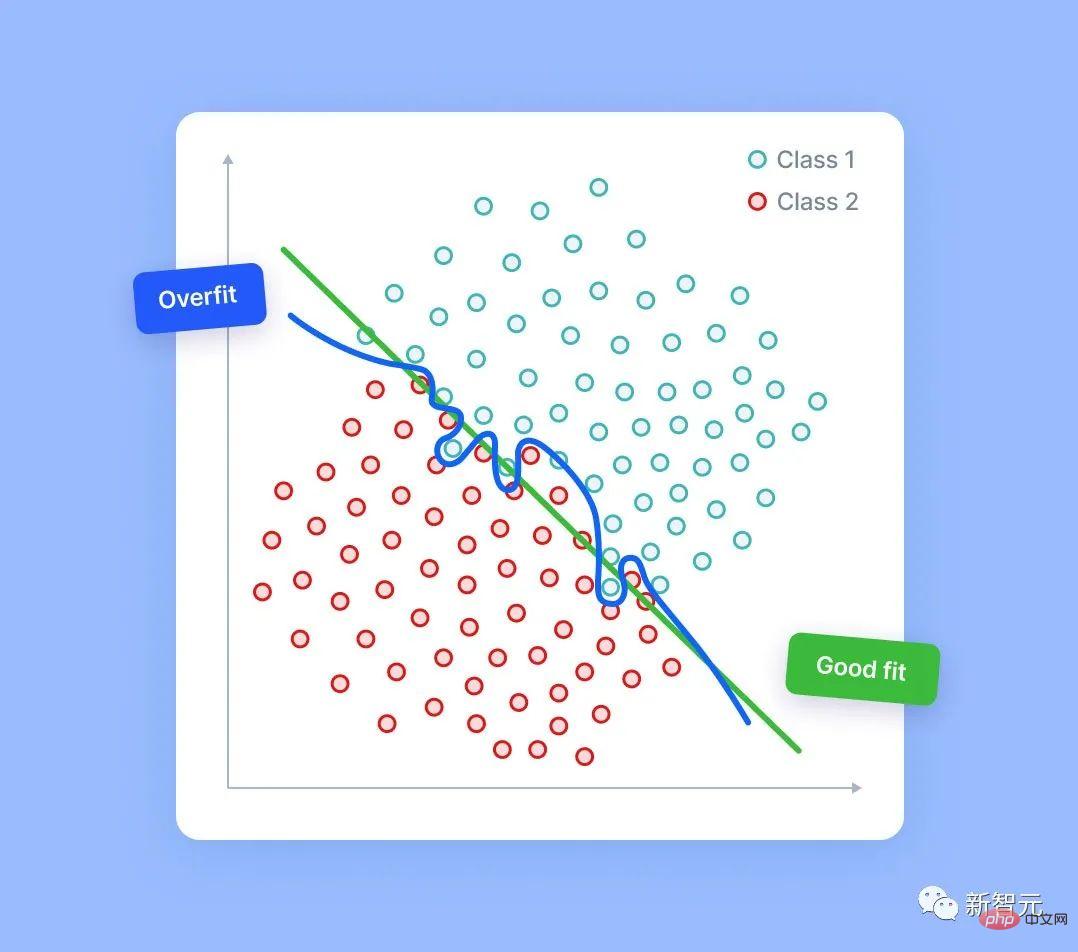
Of course, there is no real signal in random noise. However, if we have enough noise columns, it is possible for the model to use some of them based on the detected error signal. When this happens, the quality of model predictions decreases because they will be based in part on random noise.
There are indeed various techniques for feature selection that can help in this situation. But this article does not discuss them.
Remember, the most important thing is - you should be able to explain every feature you have and understand why this feature will help your model.
Use tree-based models when extrapolation is required
The main reason why tree models are popular is not only because of its strength, but also because it is very good use.
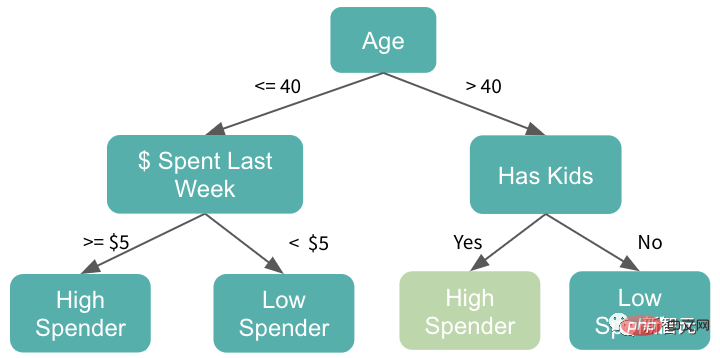
#However, it is not always tried and true. In some cases, using a tree-based model may well be a mistake.
Tree models have no inference capabilities. These models never give predicted values greater than the maximum value seen in the training data. They also never output predictions smaller than the minimum in training.
But in some tasks, the ability to extrapolate may play a major role. For example, if this model is used to predict stock prices, it is possible that future stock prices will be higher than ever before. So in this case, tree-based models will no longer be suitable as their predictions will be limited to levels close to all-time high prices.


So how to solve this problem?
In fact, all roads lead to Rome!
One option is to predict changes or differences instead of directly predicting values.
Another solution is to use a different model type for such tasks, such as linear regression or neural networks capable of extrapolation.
Superfluous normalization
Everyone must be familiar with the importance of data normalization. However, different tasks require different normalization methods. If you press the wrong type, you will lose more than you gain!

Tree-based models do not require data normalization because the feature raw values are not used as multipliers, and Outliers don't affect them either.
Neural networks may not require normalization either - for example, if the network already contains layers that handle normalization internally (e.g. the Keras library's BatchNormalization).
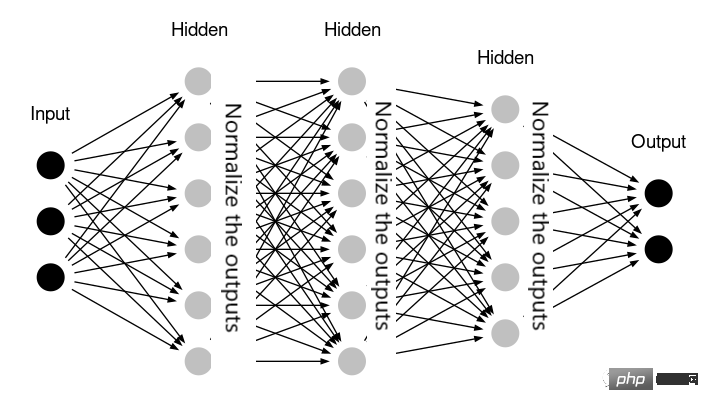
In some cases, linear regression may not require data normalization either. This means that all features are within a similar range of values and have the same meaning. For example, if the model is applied to time series data and all features are historical values of the same parameter.
In practice, applying unnecessary data normalization does not necessarily harm the model. Most of the time, the results in these cases will be very similar to skipped normalization. However, doing additional unnecessary data transformations complicates the solution and increases the risk of introducing some errors.
So, whether to use it or not, practice will bring out the true knowledge!
Data leakage
Data leakage is easier than we think.
Please look at the following code snippet:

They are "leaking" information because after splitting into train/test sets, the part with the training data will contain some of the information from the test rows. Although this will result in better validation results, when applied to real data models, performance will plummet.
The correct approach is to do a train/test split first. Only then the feature generation function is applied. Generally speaking, it is a good feature engineering pattern to process the training set and test set separately.
In some cases, some information must be passed between the two - for example, we may want the test set to use the same StandardScaler that was used for the training set and the Training was conducted on. But this is just an individual case, so we still need to analyze specific issues in detail!

It’s good to learn from your mistakes. But it’s best to learn from other people’s mistakes – I hope the examples of mistakes provided in this article will help you.
The above is the detailed content of Machine learning is a blessing from heaven! Data scientist and Kaggle master releases 'ML pitfall avoidance guide'. For more information, please follow other related articles on the PHP Chinese website!

Hot AI Tools

Undresser.AI Undress
AI-powered app for creating realistic nude photos

AI Clothes Remover
Online AI tool for removing clothes from photos.

Undress AI Tool
Undress images for free

Clothoff.io
AI clothes remover

Video Face Swap
Swap faces in any video effortlessly with our completely free AI face swap tool!

Hot Article

Hot Tools

Notepad++7.3.1
Easy-to-use and free code editor

SublimeText3 Chinese version
Chinese version, very easy to use

Zend Studio 13.0.1
Powerful PHP integrated development environment

Dreamweaver CS6
Visual web development tools

SublimeText3 Mac version
God-level code editing software (SublimeText3)

Hot Topics
 This article will take you to understand SHAP: model explanation for machine learning
Jun 01, 2024 am 10:58 AM
This article will take you to understand SHAP: model explanation for machine learning
Jun 01, 2024 am 10:58 AM
In the fields of machine learning and data science, model interpretability has always been a focus of researchers and practitioners. With the widespread application of complex models such as deep learning and ensemble methods, understanding the model's decision-making process has become particularly important. Explainable AI|XAI helps build trust and confidence in machine learning models by increasing the transparency of the model. Improving model transparency can be achieved through methods such as the widespread use of multiple complex models, as well as the decision-making processes used to explain the models. These methods include feature importance analysis, model prediction interval estimation, local interpretability algorithms, etc. Feature importance analysis can explain the decision-making process of a model by evaluating the degree of influence of the model on the input features. Model prediction interval estimate
 Identify overfitting and underfitting through learning curves
Apr 29, 2024 pm 06:50 PM
Identify overfitting and underfitting through learning curves
Apr 29, 2024 pm 06:50 PM
This article will introduce how to effectively identify overfitting and underfitting in machine learning models through learning curves. Underfitting and overfitting 1. Overfitting If a model is overtrained on the data so that it learns noise from it, then the model is said to be overfitting. An overfitted model learns every example so perfectly that it will misclassify an unseen/new example. For an overfitted model, we will get a perfect/near-perfect training set score and a terrible validation set/test score. Slightly modified: "Cause of overfitting: Use a complex model to solve a simple problem and extract noise from the data. Because a small data set as a training set may not represent the correct representation of all data." 2. Underfitting Heru
 The evolution of artificial intelligence in space exploration and human settlement engineering
Apr 29, 2024 pm 03:25 PM
The evolution of artificial intelligence in space exploration and human settlement engineering
Apr 29, 2024 pm 03:25 PM
In the 1950s, artificial intelligence (AI) was born. That's when researchers discovered that machines could perform human-like tasks, such as thinking. Later, in the 1960s, the U.S. Department of Defense funded artificial intelligence and established laboratories for further development. Researchers are finding applications for artificial intelligence in many areas, such as space exploration and survival in extreme environments. Space exploration is the study of the universe, which covers the entire universe beyond the earth. Space is classified as an extreme environment because its conditions are different from those on Earth. To survive in space, many factors must be considered and precautions must be taken. Scientists and researchers believe that exploring space and understanding the current state of everything can help understand how the universe works and prepare for potential environmental crises
 Transparent! An in-depth analysis of the principles of major machine learning models!
Apr 12, 2024 pm 05:55 PM
Transparent! An in-depth analysis of the principles of major machine learning models!
Apr 12, 2024 pm 05:55 PM
In layman’s terms, a machine learning model is a mathematical function that maps input data to a predicted output. More specifically, a machine learning model is a mathematical function that adjusts model parameters by learning from training data to minimize the error between the predicted output and the true label. There are many models in machine learning, such as logistic regression models, decision tree models, support vector machine models, etc. Each model has its applicable data types and problem types. At the same time, there are many commonalities between different models, or there is a hidden path for model evolution. Taking the connectionist perceptron as an example, by increasing the number of hidden layers of the perceptron, we can transform it into a deep neural network. If a kernel function is added to the perceptron, it can be converted into an SVM. this one
 Implementing Machine Learning Algorithms in C++: Common Challenges and Solutions
Jun 03, 2024 pm 01:25 PM
Implementing Machine Learning Algorithms in C++: Common Challenges and Solutions
Jun 03, 2024 pm 01:25 PM
Common challenges faced by machine learning algorithms in C++ include memory management, multi-threading, performance optimization, and maintainability. Solutions include using smart pointers, modern threading libraries, SIMD instructions and third-party libraries, as well as following coding style guidelines and using automation tools. Practical cases show how to use the Eigen library to implement linear regression algorithms, effectively manage memory and use high-performance matrix operations.
 Five schools of machine learning you don't know about
Jun 05, 2024 pm 08:51 PM
Five schools of machine learning you don't know about
Jun 05, 2024 pm 08:51 PM
Machine learning is an important branch of artificial intelligence that gives computers the ability to learn from data and improve their capabilities without being explicitly programmed. Machine learning has a wide range of applications in various fields, from image recognition and natural language processing to recommendation systems and fraud detection, and it is changing the way we live. There are many different methods and theories in the field of machine learning, among which the five most influential methods are called the "Five Schools of Machine Learning". The five major schools are the symbolic school, the connectionist school, the evolutionary school, the Bayesian school and the analogy school. 1. Symbolism, also known as symbolism, emphasizes the use of symbols for logical reasoning and expression of knowledge. This school of thought believes that learning is a process of reverse deduction, through existing
 Is Flash Attention stable? Meta and Harvard found that their model weight deviations fluctuated by orders of magnitude
May 30, 2024 pm 01:24 PM
Is Flash Attention stable? Meta and Harvard found that their model weight deviations fluctuated by orders of magnitude
May 30, 2024 pm 01:24 PM
MetaFAIR teamed up with Harvard to provide a new research framework for optimizing the data bias generated when large-scale machine learning is performed. It is known that the training of large language models often takes months and uses hundreds or even thousands of GPUs. Taking the LLaMA270B model as an example, its training requires a total of 1,720,320 GPU hours. Training large models presents unique systemic challenges due to the scale and complexity of these workloads. Recently, many institutions have reported instability in the training process when training SOTA generative AI models. They usually appear in the form of loss spikes. For example, Google's PaLM model experienced up to 20 loss spikes during the training process. Numerical bias is the root cause of this training inaccuracy,
 Explainable AI: Explaining complex AI/ML models
Jun 03, 2024 pm 10:08 PM
Explainable AI: Explaining complex AI/ML models
Jun 03, 2024 pm 10:08 PM
Translator | Reviewed by Li Rui | Chonglou Artificial intelligence (AI) and machine learning (ML) models are becoming increasingly complex today, and the output produced by these models is a black box – unable to be explained to stakeholders. Explainable AI (XAI) aims to solve this problem by enabling stakeholders to understand how these models work, ensuring they understand how these models actually make decisions, and ensuring transparency in AI systems, Trust and accountability to address this issue. This article explores various explainable artificial intelligence (XAI) techniques to illustrate their underlying principles. Several reasons why explainable AI is crucial Trust and transparency: For AI systems to be widely accepted and trusted, users need to understand how decisions are made





